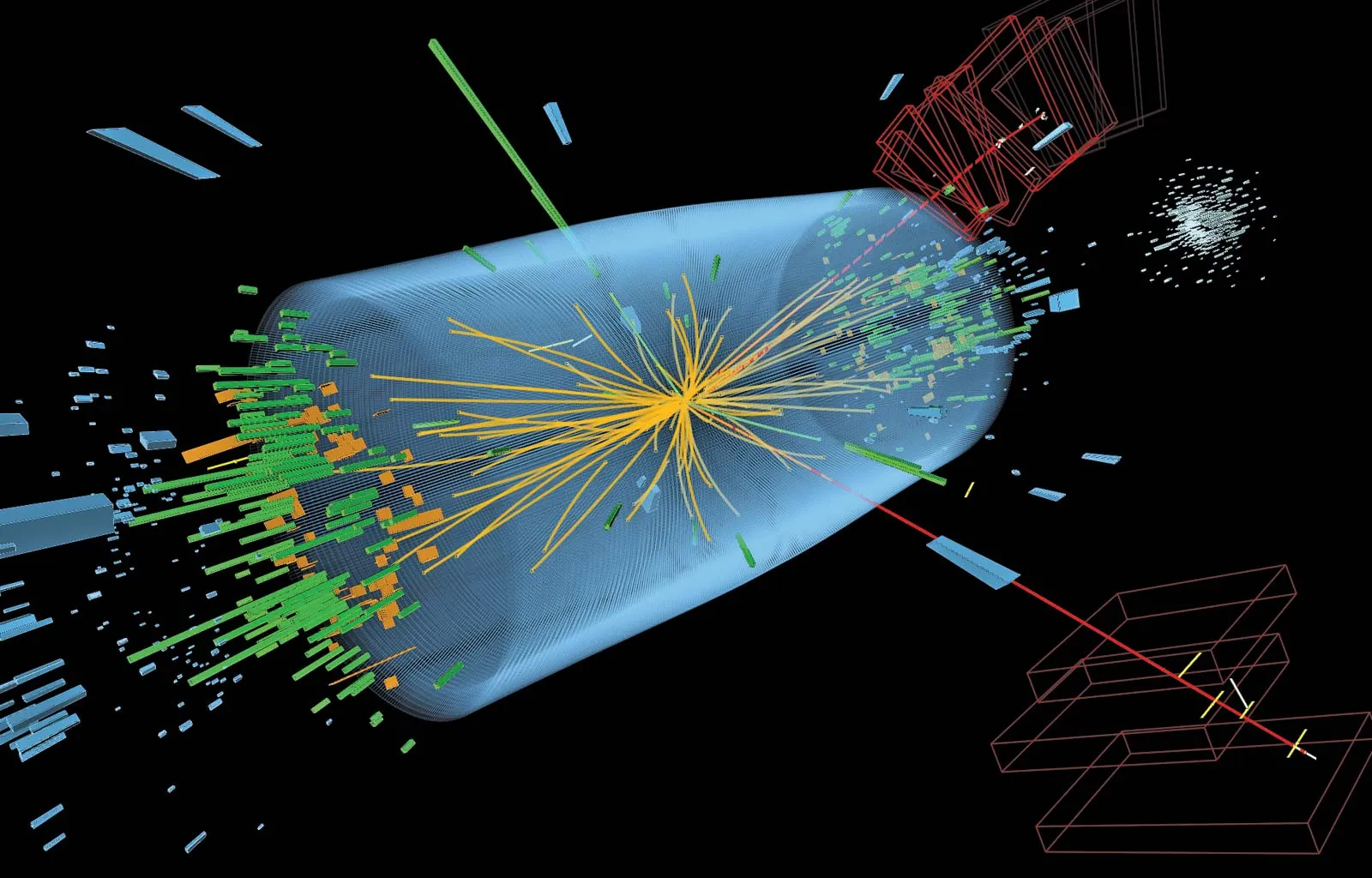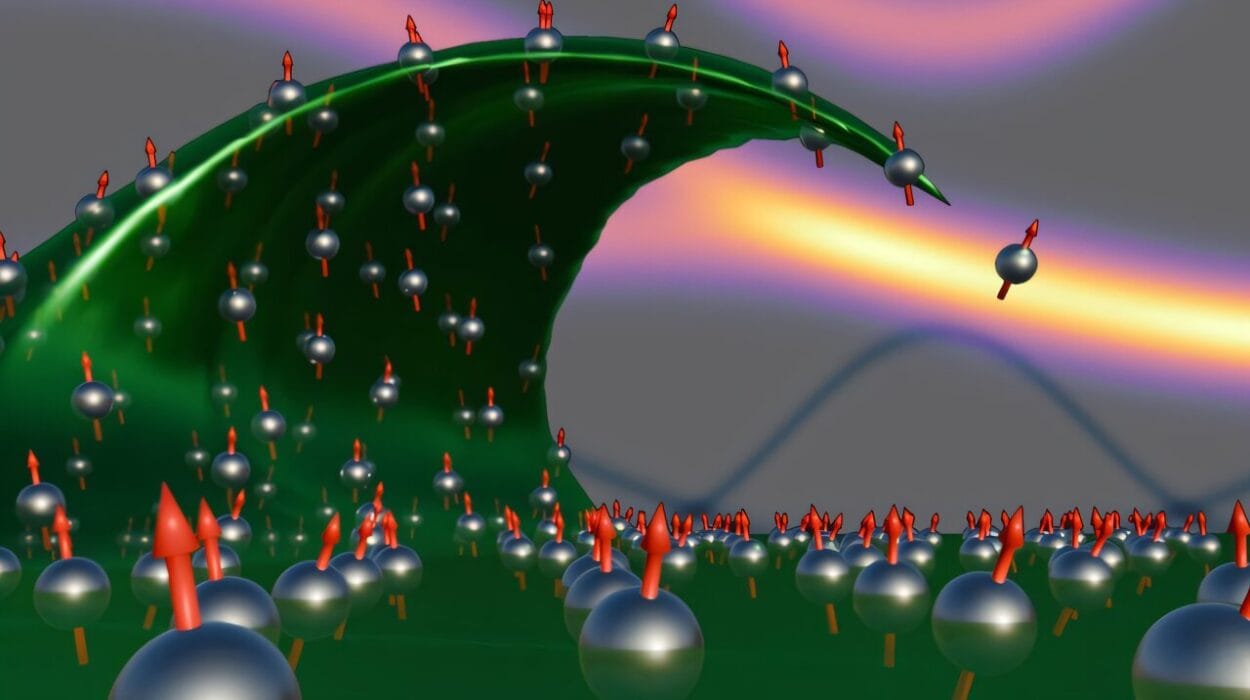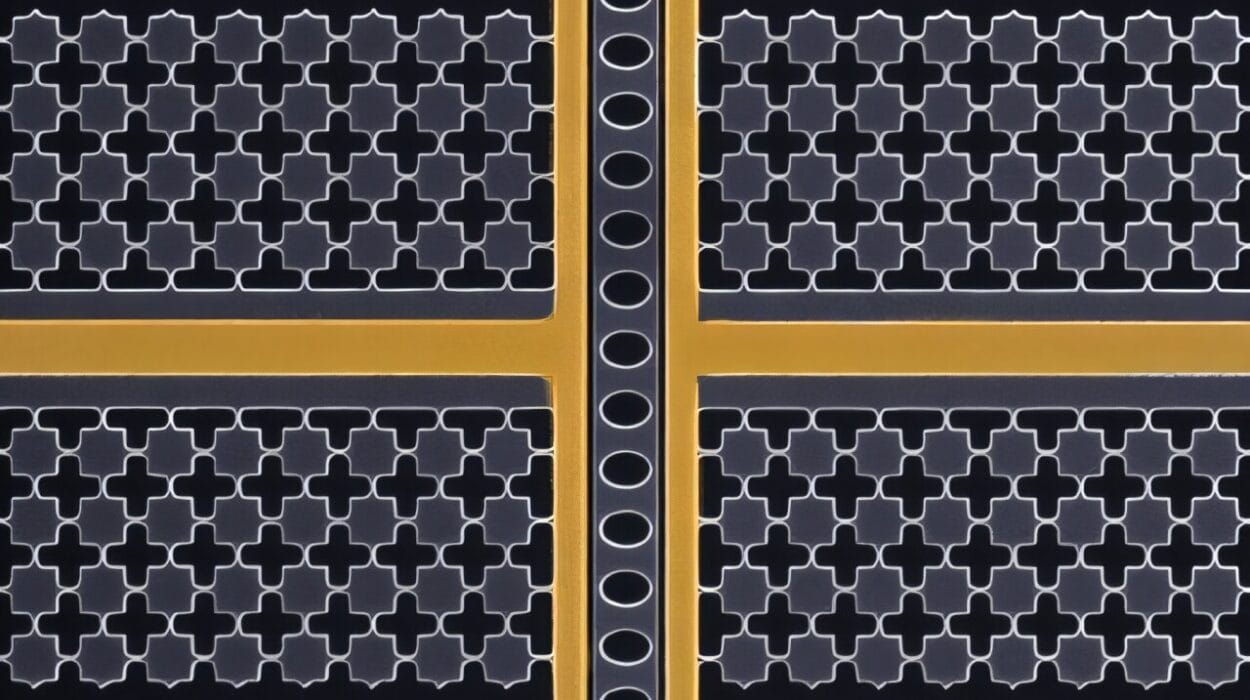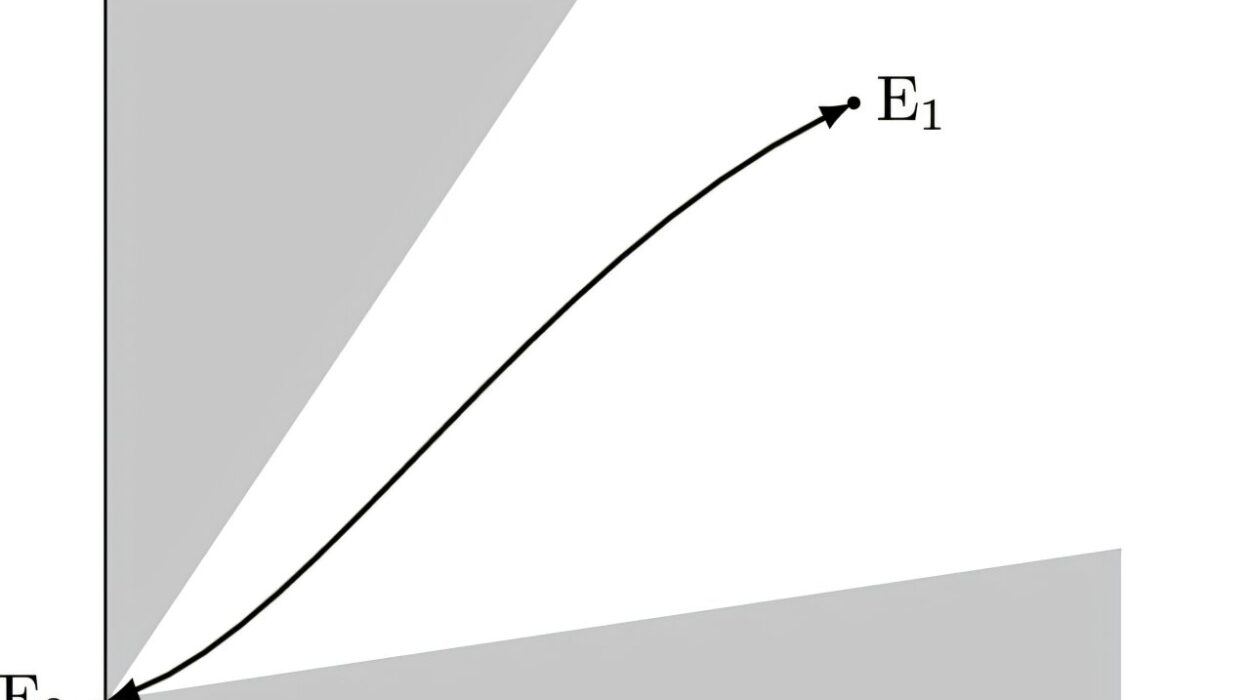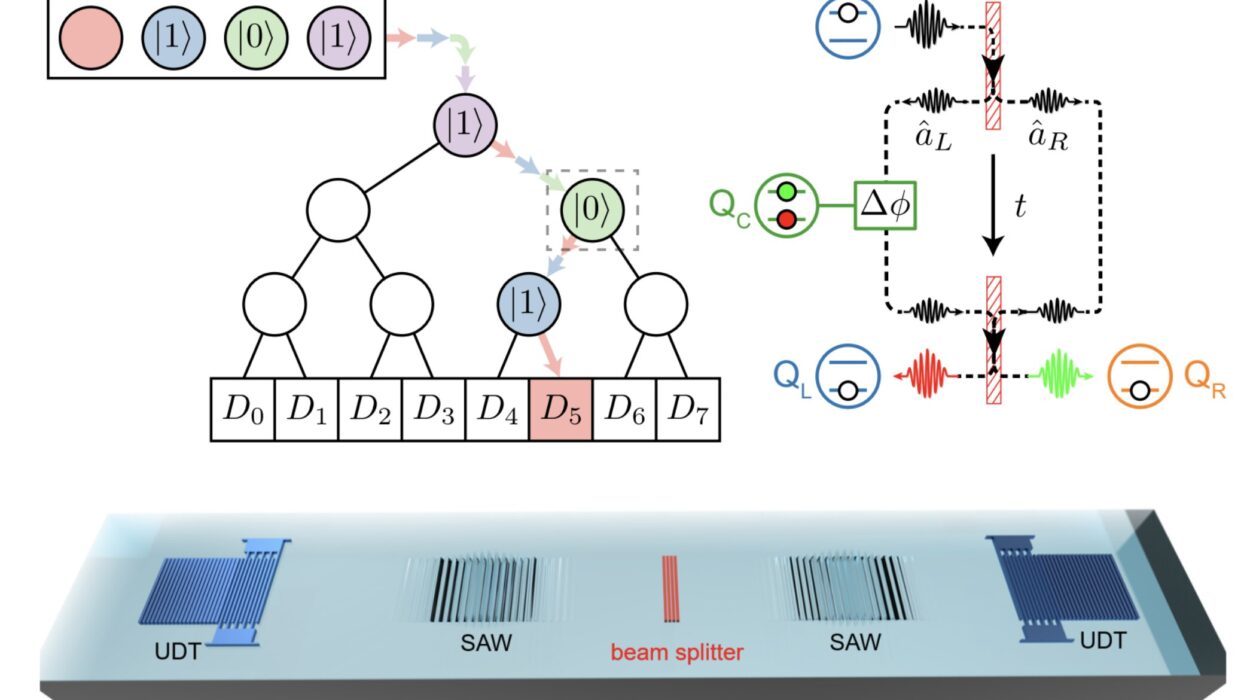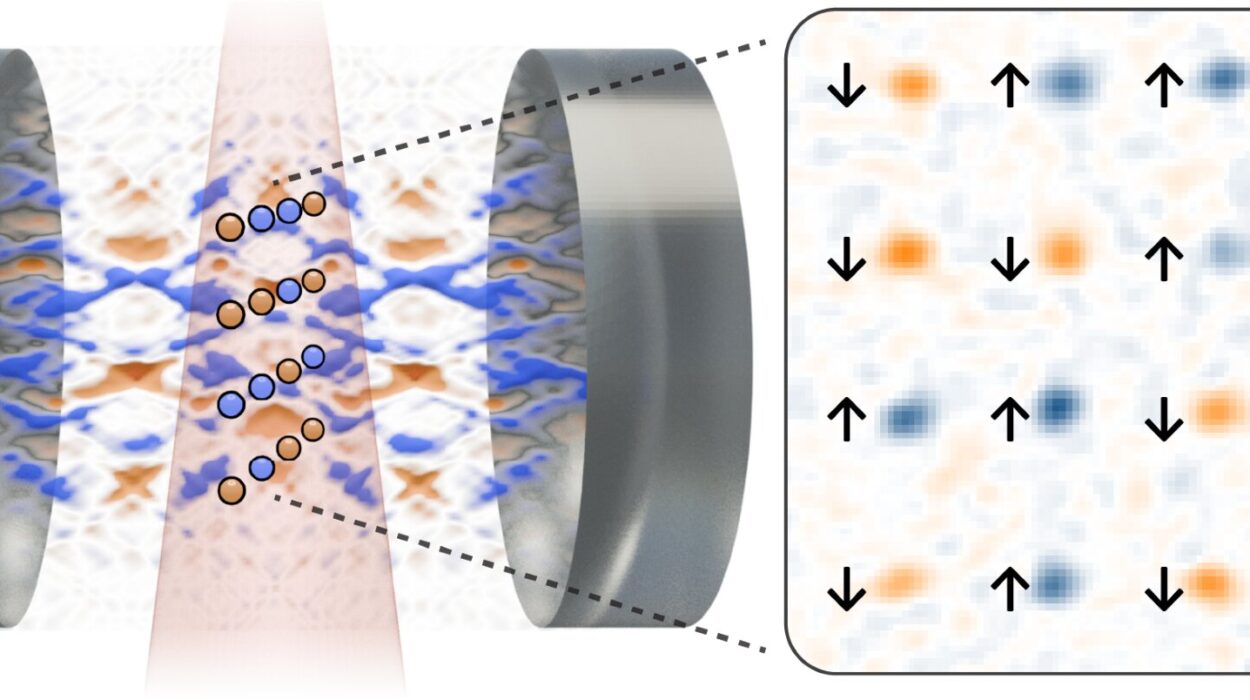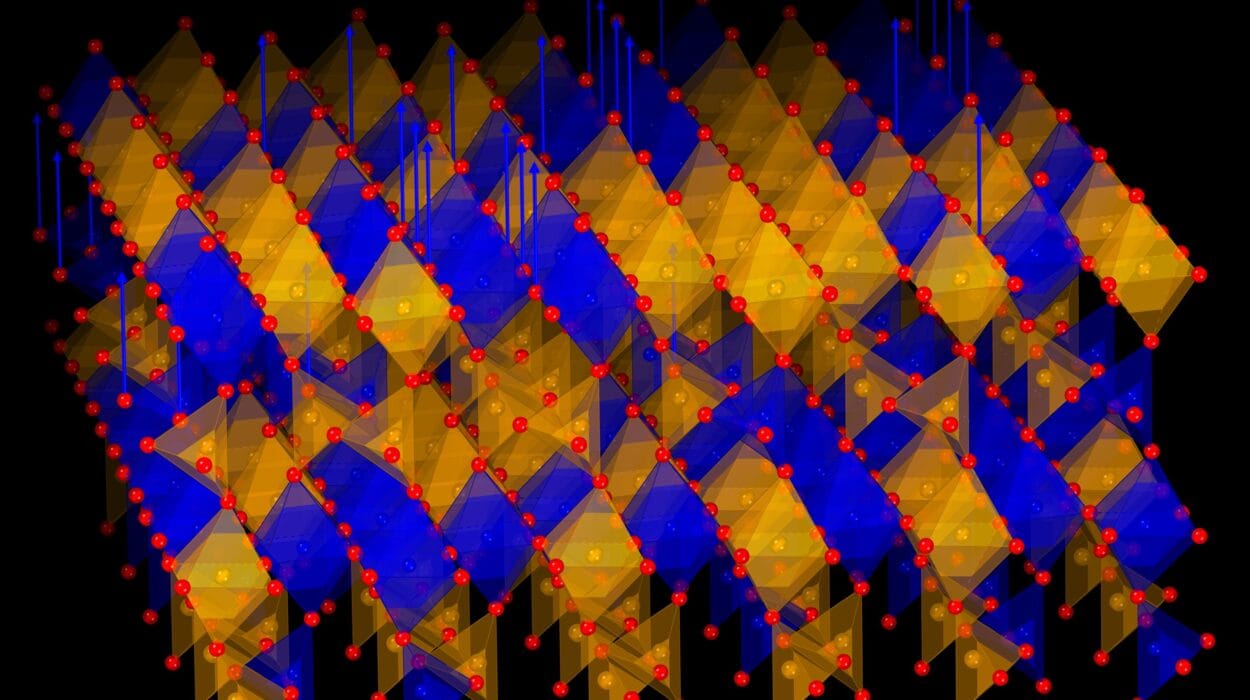For centuries, humanity has stared into the vast night sky, dug deep into the atom, and asked one of the most fundamental questions imaginable: what is the universe made of? What lies beneath the visible world—the bones and sinews of reality itself? These questions have driven physicists to construct ever more precise theories and ever more powerful machines in pursuit of nature’s hidden architecture. Among the many discoveries of modern physics, few have captured the imagination quite like the Higgs boson—a subatomic particle so central to our understanding of the cosmos that it has been nicknamed, perhaps unfairly, “the God particle.”
But what exactly is the Higgs boson? Why does it matter? And why did it take nearly half a century to find it? To answer these questions, we must journey through the dazzling landscape of particle physics, where equations are portals to reality and invisible forces weave the fabric of existence.
The Standard Model: A Blueprint of the Subatomic World
To understand the significance of the Higgs boson, we first need to dive into the framework that predicted its existence: the Standard Model of particle physics. This is not just another theory—it is the most successful scientific theory of all time, tested and validated by decades of experiments. The Standard Model is the periodic table of the subatomic world, categorizing the fundamental particles and the forces that govern them.
According to this model, everything in the universe is made from a small set of fundamental particles. These include quarks, which combine to form protons and neutrons; leptons, such as the familiar electron; and force-carrying particles like photons (which mediate electromagnetism), gluons (for the strong nuclear force), and W and Z bosons (for the weak nuclear force).
Yet for all its success, the Standard Model had a glaring problem for many years. It beautifully described the interactions between particles, but it couldn’t explain one of the most basic aspects of reality: why do particles have mass? Without mass, atoms wouldn’t form, gravity wouldn’t work, and the universe as we know it would not exist.
This is where the Higgs boson enters the stage—not just as another particle, but as the keystone in the grand arch of the Standard Model.
The Mystery of Mass: A Physics Puzzle
To understand why mass is such a problem, imagine a world in which all particles are massless. In such a universe, everything would move at the speed of light. Electrons, protons, atoms—none of them would have the inertia or stability needed to form the matter we see around us. There would be no stars, no planets, no us.
The problem is that the equations of the Standard Model are “symmetrical”—they prefer massless particles. Adding mass to these equations directly breaks their symmetry, and in physics, symmetry is a sacred law. Symmetries aren’t just aesthetic; they define the behavior of systems and predict how they evolve. So physicists needed a way to give particles mass without destroying the underlying symmetries of their theory.
Enter Peter Higgs and a group of physicists in the 1960s, who proposed an ingenious solution: what if mass isn’t an intrinsic property of particles, but rather something they acquire by interacting with an invisible field that permeates the universe?
The Higgs Field: An Ocean of Mass
Imagine the universe is filled with a kind of cosmic molasses—a field that exists everywhere, all the time. This is the Higgs field. According to the theory, as particles move through this field, they interact with it to varying degrees. Some particles, like the photon, slip through it without resistance and thus remain massless. Others, like the W and Z bosons, get bogged down, acquiring mass in the process. The more a particle interacts with the field, the more massive it becomes.
This elegant mechanism allows particles to acquire mass without violating the sacred symmetries of the Standard Model. But if the Higgs field exists, there should be a particle associated with it—just as electromagnetic fields have photons, and gravitational fields are associated (in theory) with gravitons. That particle is the Higgs boson.
The Higgs boson is essentially a quantum ripple in the Higgs field. Detecting this particle would confirm that the field exists, and that it indeed plays the central role in endowing mass to fundamental particles.
Why “The God Particle”?
The nickname “God particle” has a strange and controversial origin. It was popularized by Nobel Prize-winning physicist Leon Lederman in his 1993 book The God Particle: If the Universe Is the Answer, What Is the Question? According to Lederman, the nickname was partly tongue-in-cheek and partly a reflection of the Higgs boson’s foundational importance.
In truth, Lederman originally wanted to call it the “goddamn particle”—a humorous expression of frustration at how elusive it was. But the publishers balked at the profanity, opting for the more provocative “God particle” instead. The name stuck, much to the chagrin of many physicists, including Peter Higgs himself, who thought it misleading and sensationalist.
Still, the nickname has served a purpose: it drew public attention to one of the most important scientific quests of our time. The search for the Higgs boson became not just a physics problem, but a symbol of humanity’s drive to understand the universe at its deepest level.
The Search Begins: From Theory to Experiment
Once the Higgs boson was theorized, the challenge was finding it. But this was no easy task. The Higgs boson is unstable—it decays into other particles almost immediately after it is created. Worse, it’s incredibly massive for a subatomic particle, meaning it can only be produced in extremely high-energy environments.
In the 1980s and 1990s, particle accelerators like the Large Electron-Positron Collider (LEP) at CERN and the Tevatron at Fermilab began searching for hints of the Higgs. But these machines lacked the necessary energy to create it. Physicists realized they needed something far more powerful.
Enter the Large Hadron Collider (LHC), the most ambitious and expensive scientific instrument ever built.
The Large Hadron Collider: Smashing Particles at Near-Light Speed
Located beneath the Franco-Swiss border near Geneva, the LHC is a 27-kilometer ring buried underground. Inside it, protons are accelerated to 99.999999% of the speed of light and then smashed together in head-on collisions. These collisions recreate conditions that existed a fraction of a second after the Big Bang, allowing scientists to peer into the most fundamental aspects of matter.
The LHC was specifically designed, in part, to find the Higgs boson. It is equipped with massive detectors like ATLAS and CMS—gigantic instruments that track the debris from particle collisions, searching for the telltale signs of the Higgs boson’s decay.
In July 2012, after years of painstaking experiments and data analysis, scientists at CERN announced a momentous discovery: they had found a new particle with a mass of about 125 giga-electronvolts (GeV). It behaved exactly as the Higgs boson was predicted to behave. The world celebrated. Peter Higgs, visibly emotional, witnessed the confirmation of his theory nearly 50 years after he had first proposed it.
Why the Higgs Boson Matters
So what does the discovery of the Higgs boson actually mean? For physicists, it is the final piece of the Standard Model puzzle. Its discovery confirms the existence of the Higgs field, validating the mechanism by which particles acquire mass. It also demonstrates the power of theoretical physics—the idea that equations written on a blackboard can describe something real and invisible in the fabric of the universe.
But beyond the triumph of theory, the Higgs boson opens new doors. It allows scientists to explore physics beyond the Standard Model. That’s important, because while the Standard Model is enormously successful, it is also incomplete.
Beyond the Standard Model: Dark Matter, Gravity, and More
The Higgs boson is not the end of the story—it’s the beginning of a new chapter. The Standard Model does not account for dark matter, the mysterious substance that makes up 85% of the universe’s mass. It doesn’t include gravity, which is described by Einstein’s General Relativity. It doesn’t explain why there is more matter than antimatter in the universe. Nor does it resolve the question of why the Higgs boson has the mass it does—a problem known as the hierarchy problem.
Many physicists believe that the Higgs boson might hold clues to these mysteries. It could point toward new physics—supersymmetry, extra dimensions, or entirely new particles. Studying the properties of the Higgs with greater precision might lead to breakthroughs that redefine our understanding of reality.
Higgs and the Fabric of the Universe
The Higgs field does more than just give particles mass—it might be intimately connected to the structure of the universe itself. Some cosmologists believe that the Higgs field played a role in cosmic inflation, the rapid expansion of the universe moments after the Big Bang. Others speculate that the vacuum state of the Higgs field could determine the long-term fate of the cosmos.
In fact, one unsettling possibility is that our universe exists in a “metastable” state—a kind of temporary equilibrium. If this is true, a quantum fluctuation could someday trigger a phase transition in the Higgs field, causing the universe to collapse into a new state with different physical laws. While this is extremely unlikely and would take billions of years to happen (if at all), it underscores just how central the Higgs field is to the structure and destiny of the cosmos.
A Human Story: Collaboration, Perseverance, and Wonder
The discovery of the Higgs boson is not just a story of particles and equations—it is a profoundly human story. Thousands of scientists from around the world collaborated on the LHC experiments, working across borders, languages, and cultures. It took decades of patience, funding, engineering marvels, and intellectual rigor to detect a particle that vanishes almost as soon as it is created.
It’s a testament to what humanity can achieve when we work together, driven not by profit or power, but by pure curiosity and the desire to understand our place in the cosmos. In a time often marked by division and short-term thinking, the search for the Higgs boson stands as a shining example of international cooperation and scientific enlightenment.
The Future of Particle Physics
The Higgs boson has been found—but the story is far from over. Physicists are now studying its properties in ever greater detail. Does it interact with dark matter? Are there multiple Higgs bosons? Does it decay in unexpected ways? These questions are guiding the next generation of experiments at the LHC and beyond.
New colliders are being proposed, including the Future Circular Collider (FCC) and the International Linear Collider (ILC), which could further probe the secrets of the Higgs and potentially uncover new particles. Meanwhile, theoretical physicists are exploring ways to unify the Standard Model with gravity, searching for a “theory of everything” that could finally stitch together the quantum and the cosmic.
Conclusion: A Particle, a Field, a Portal to the Infinite
The Higgs boson is more than just a particle—it is a gateway to understanding why the universe is the way it is. It answers one of the deepest questions in physics: why do things have mass? But it also raises new and even deeper questions. It reminds us that the universe is stranger, more beautiful, and more mysterious than we can imagine.
In the end, the search for the Higgs boson is a reflection of the human spirit—a relentless quest to know, to understand, to explore. We may never fully grasp the infinite complexity of reality, but each discovery brings us one step closer. And with every step, we reaffirm our most ancient and noble ambition: to look up at the stars and say, “I want to know what’s out there.”
